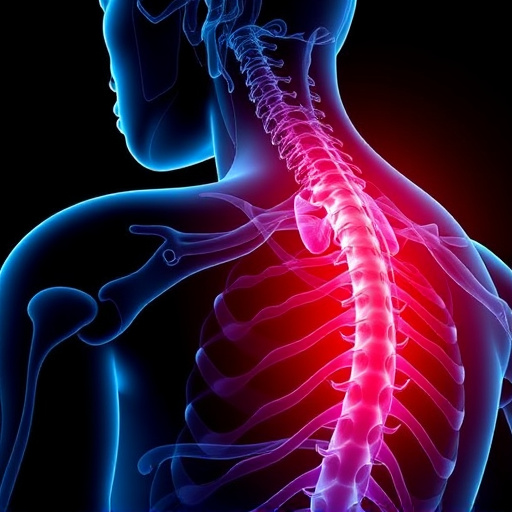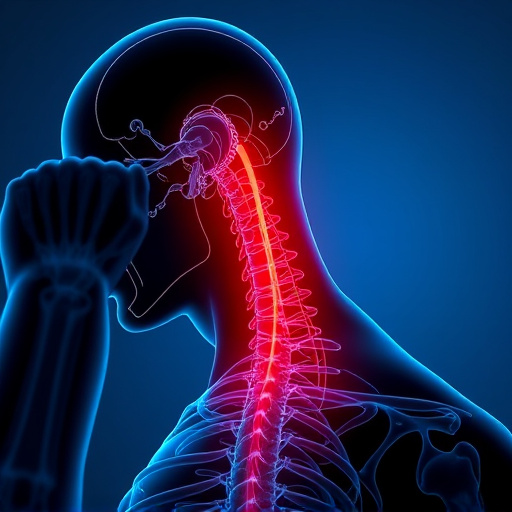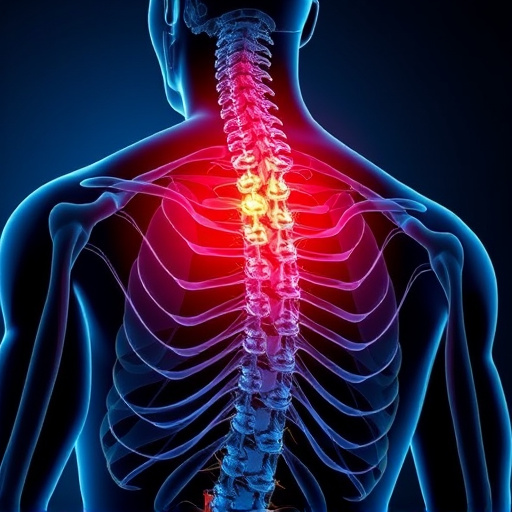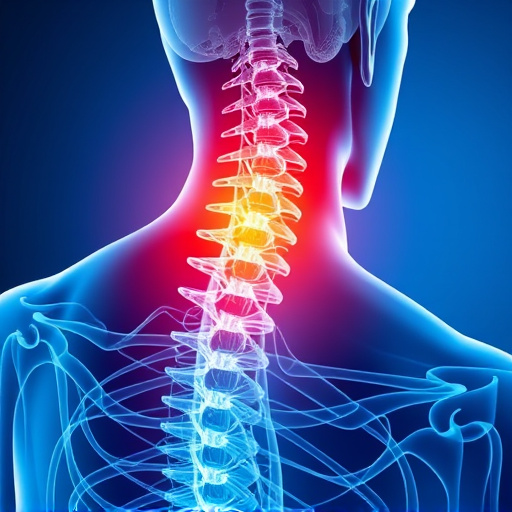Evaluating ergonomic risk factors is crucial for effective ergonomic injury treatment. Healthcare professionals conduct initial assessments to identify hazards like incorrect workstation setup or heavy lifting, leading to tailored interventions. Therapeutic modalities such as heat and cold therapy, along with spinal adjustments, aid in managing pain and speeding recovery. Preventative measures focusing on exercises and strength training strengthen core muscles and improve flexibility, reducing lower back strain risks.
“Uncover the arsenal of tools used in ergonomic injury treatment sessions, designed to alleviate discomfort and prevent future ailments. This comprehensive guide explores three key components: evaluating ergonomic risk factors that contribute to injuries, employing therapeutic modalities for effective pain relief, and adopting preventative measures through targeted exercises. By understanding these strategies, individuals can actively manage their well-being and foster a healthier work environment.”
- Evaluating Ergonomic Risk Factors
- Therapeutic Modalities for Pain Relief
- Preventative Measures and Exercises
Evaluating Ergonomic Risk Factors

Evaluating ergonomic risk factors is a critical step in effective ergonomic injury treatment. During initial assessments, healthcare professionals thoroughly analyze work environments and tasks to identify potential hazards that contribute to repetitive strain injuries or musculoskeletal disorders. This process involves observing workplace practices, evaluating physical demands, and assessing employee posture and movement patterns. By pinpointing these risks—such as incorrect workstation setup, heavy lifting, or prolonged static postures—specialists can develop tailored interventions aimed at prevention and early intervention.
Understanding the specific ergonomic risk factors enables healthcare providers to recommend appropriate rehabilitation strategies, including chiropractic care, shockwave therapy, and specialized rehab services. These treatments are designed not only to alleviate symptoms but also to restore functionality, enhance recovery, and reduce the likelihood of future injuries related to work-based activities.
Therapeutic Modalities for Pain Relief

Therapeutic modalities play a crucial role in ergonomic injury treatment sessions, offering effective methods for managing and alleviating pain. One common approach is heat therapy, which can be applied to relax muscles, improve blood circulation, and reduce inflammation. This is especially beneficial for patients experiencing acute or chronic joint pain relief, as it helps to soothe sore tissues and facilitate injury rehabilitation.
Additionally, cold therapy is employed to constrict blood vessels, reduce swelling, and numb the affected area, providing temporary pain relief. Spinal adjustments, another integral part of ergonomic injury treatment, involve a trained professional manipulating the spine to improve mobility and alleviate pressure on nerves, which can be particularly effective in addressing issues related to back and neck pain. These therapeutic modalities work synergistically to enhance overall healing and restore functionality during injury rehabilitation processes.
Preventative Measures and Exercises

Preventative measures play a crucial role in ergonomic injury treatment. Regular exercises focused on strengthening core muscles and improving flexibility are key to preventing future injuries. These exercises can range from simple stretching routines to more intensive strength training, tailored to individual needs. By enhancing overall posture and body alignment, these practices reduce the strain on critical areas like the lower back, where many ergonomic-related issues originate.
In conjunction with regular exercise, spinal adjustments conducted by qualified professionals offer another layer of protection against ergonomic injuries. These adjustments aim to correct misalignments in the spine, ensuring optimal nervous system function and enhanced mobility. When combined with effective pain management strategies, such as heat or ice therapy, these preventative measures can significantly contribute to an individual’s overall well-being and reduce their risk of experiencing debilitating lower back pain.
Ergonomic injury treatment involves a multi-faceted approach, from identifying risk factors through comprehensive evaluations to implementing preventative measures and exercises. By combining therapeutic modalities for effective pain relief, individuals can significantly enhance their recovery process. Incorporating these common tools into everyday routines not only facilitates healing but also fosters long-term wellness, ensuring employees remain productive while maintaining optimal physical well-being in the workplace.














